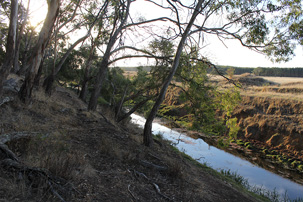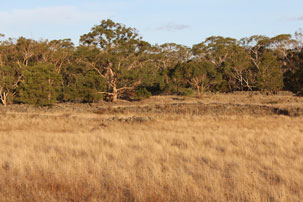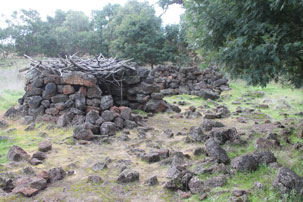What defining moments happened at Budj Bim?
In July 2019 the Budj Bim cultural landscape, including Lake Condah, about 80 kilometres from Port Fairy, was accepted onto the prestigious United Nations Educational, Scientific and Cultural Organisation (UNESCO) World Heritage List. And in a world first, UNESCO accepted this site for both its natural and cultural significance.
But why is this area so important, and what defining moments for both the community where it is situated and for the whole of Australia occurred here?
Visiting Budj Bim
Budj Bim (Lake Condah) has been changed over time, but clues remain that reveal an extraordinary past, and an extraordinary revelation about the traditional owners of the area, the Gunditjmara.
The Gunditjmara have lived on and retained their cultural ties with this place for thousands of years.
The Lake Condah and the Budj Bim national heritage landscape environment was formed when the volcanic Mount Eccles erupted, and molten lava flowed over the area. This helped create a lake, streams, swamps, and other areas rich in animal, plant and insect resources. The area also became a key place in the life cycle of the short finned Australian eel.
How did the Gunditjmara people adapt to this changing environment, especially after Lake Condah was formed about 8,000 years ago?
How will you set up your place at Budj Bim?
Imagine that you are at Budj Bim (Lake Condah) about 6,000-7,000 years ago.
You are part of a group of people that realises that you not only live in a rich environment, but you also have a resource that you can use to change your life and the lives of future generations – truly a defining moment in the life and history of this community!
The resource is all around you comprising small volcanic rocks that were created by the last eruption of nearby Mount Eccles, and weathered over time.
You think that you might be able to use these rocks to help gather fish and eels, and as shelter.
If you make good decisions you will improve your life, and create a place where your whole group can gather for their ceremonies and celebrations.
How to use
In the ‘How will you set up your place at Budj Bim?’ you will be asked to make a series of decisions that will help you understand how the local Aboriginal people lived successfully in the Budj Bim (Lake Condah) area.
When you answer a decision correctly the map will show your choice.
Some decisions are locked and will only unlock as you progress through the activity.
On completion you will be asked to complete a summary activity.
You need to complete the previous decision before you can do this one.
1A How can you create ponds to keep fish and eels?
There is a lake. The water in the lake flows into wetlands, and into a creek. The lake contains fish and eels, a valuable food source.
They will be even more valuable if you can keep them in some sort of large pond. It will almost be like a refrigerator for keeping the fish fresh and available.
To do this you can use the rocks to change the way the water flows so that in times of flood it will fill the artificial pool and leave some fish trapped as the water recedes when the rains stop.
You do not want to have a permanent dam, as this will stop water flowing past and disrupt the annual migration of the eels. You know that you can arrange the volcanic stones to build a wall that will create a pond that does not stop the water flow. The highest you should build this is no more than 1 rock above water level.
1B Where will you build your ponds?
Remember, you want to trap fish and eels, but not stop the natural flow of the creek.
1C How will you divert and channel water into the ponds?
The water from the lake sometimes gets fairly low and the creek becomes shallow.
You want to divert some of the water into the pond you created while still letting other water flow naturally.
3 What sort of structure will you make to catch eels in nets or baskets?
Eels are long and thin. They can be caught by hand or in a net. If they are caught in a net the net needs to be closely woven. If the gaps in the weave are too big the eels will escape through the holes.
The eels swim in the creek, but to catch them effectively you need to design a way of luring them into the net.
4A How can you use the rocks to make an effective shelter?
You have devised ways to trap the fish and eels. That means your group can stay in one place for a long period of time without having to roam for food.
So, you need shelter. You can use rocks for this.
4B Where will you place the stone huts?
You need to decide where to place the stone huts and in which direction to face them.
Look at this map again.
4C Which way will you face your entrance?
You have chosen your site. Which way will you have the entrance facing? The prevailing wind is from the northwest.
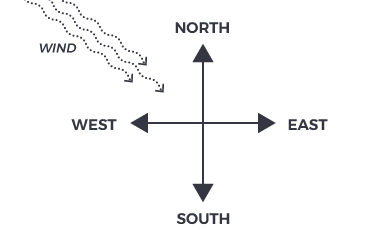
4D Where to set up your fire?
You have a small circle of stones for your fire.
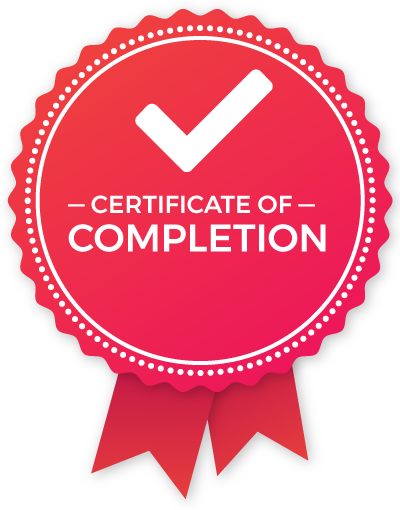
Well done
You’ve just discovered some of the reasons why the Budj Bim cultural landscape has recently been added to the UNESCO World Heritage List.
It now appears on the same list as world icons such as the pyramids, Stonehenge and the Acropolis. And it joins some other amazing Australian places that are also on the list such as the Great Barrier Reef and the Sydney Opera House. Perhaps most fittingly it joins another remarkable UNESCO recognised Indigenous defining moment site in Australian history: Lake Mungo and the Willandra Lakes region in NSW.
Home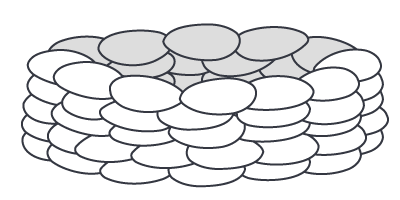

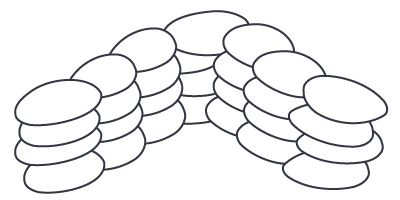


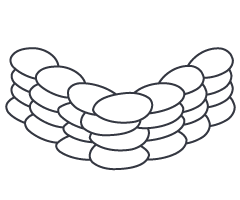
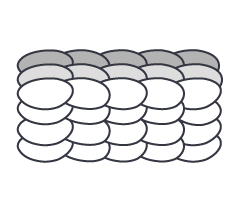
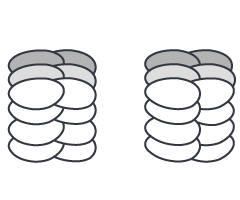






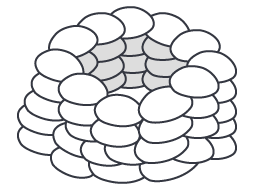



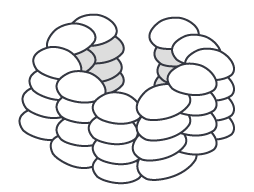
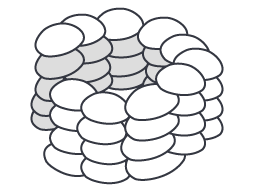
North Lake Swamp Creek Dry Land

